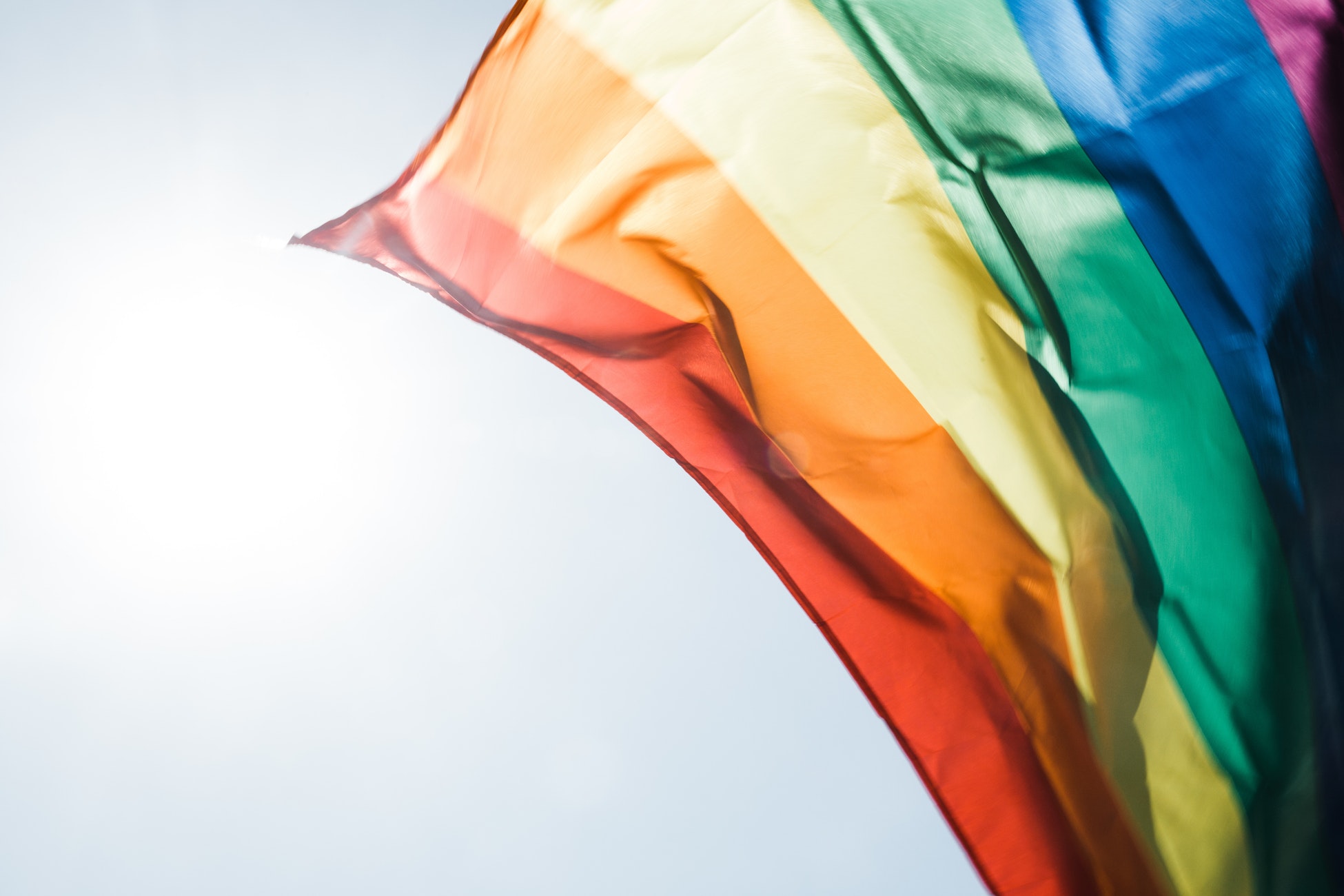The terms “people of color” and “women of color” ought to instigate inclusivity. Nevertheless, this objective is usually not attained as they make black people feel left behind, especially black women.
Minority groups in the United States often face distinctive difficulties. The notion of “people of color” does not attain its goal of propelling equality because a “fit it all” mentality eradicates the particular needs of underprivileged communities.
“People of color” does not fit well
The term “people of color” is meant to make everyone feel they are part of the majority, but this is not often realized. It is usually stereotypical because a person’s skin color is something inevitable.
The Diversity Report has shown some changes in the fashion industry. For instance, in 2018, one (1) in every three (3) models was a woman of color in the fashion ads aired.
This may seem progressive, but it is not because magazine covers and editorials favor women who are not black.
Realistically, women of color and non-white terms are often used repetitively to enhance analysis.
“People of color” triggers conditional inclusivity
People of color, at times, does not represent the ordinary blacks, but those that are significantly established as depicted in the fashion industry. As a result, it prompts the notion of conditional inclusivity, whereby only a few black people benefit.
Moreover, the perception of women of color makes the fashion industry to choose and manipulate the kind of black women it views crucial and fit.
Realistically, whenever the “people of color” term is utilized, the impacts of institutional racism are suffered differently. For instance, black women become victims of lower support and promotion in their workplaces.
Additionally, cases of racial profiling emerge whereby police discriminate people based on their backgrounds, such as skin color. As a result, unarmed black people are killed at an elevated rate as compared to other races.
The Sentencing Project asserts that black women comprise of only fourteen percent (14%) of the entire female populace in the American society.
However, they represent thirty percent (30%) of all incarcerated females. This shows that the term “people of color” is stereotypical.
Notably, the National Women’s Law Center (NWLC) has disclosed a thirty-nine percent (39%) wage gap between black women and white men.







